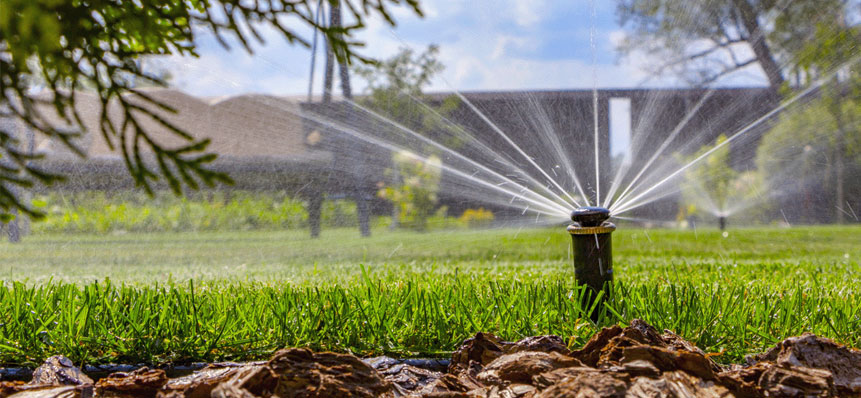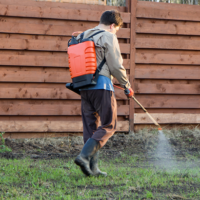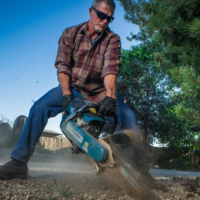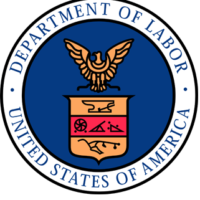
To have your irrigation run effectively, you must have two equally important but different systems work properly: Power and Water. Water is needed for the plants to have the nourishment to grow. Power is needed to control where and when the water is applied.
Water can be managed using a few or a multitude of components designed to provide, measure, pressurize, restrict, divert, limit, and finally release it. To troubleshoot a water system you must know how each component is used within the water system, how they work, and why they were installed where they are—the main objective is to move water from point A to point B. One component installed incorrectly can affect the whole system, and, one small piece of debris in the wrong place can cause either unlimited flow of water resulting in damaged landscape, or no water flow at all ending in plant material death.
Power applied correctly controls where water is released and when. This can be accomplished simply with a basic irrigation controller, or more precisely with the use of various sensors, data, relays, pumps, and other add-on technology. Each power component is used to provide, measure, restrict, divert, and/or limit the power supply to start or shut down the flow of water.
Irrigation troubleshooting begins with understanding those two systems, how each component within the system is used, and how they work. Then you can look at what is wrong with the irrigation system as a whole, determine if the problem is power or water related, and then think through which component, if not working properly, might cause the problem at hand.
If you need help understanding either system, contact your local CPS representative, attend one of our free classes, or call the CPS Tech Services support line at 720-870-0776.







